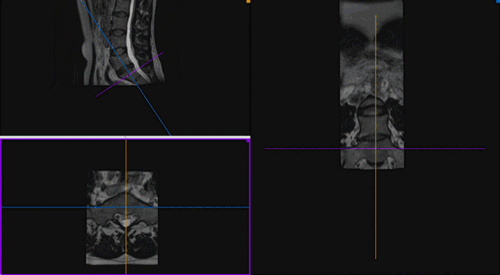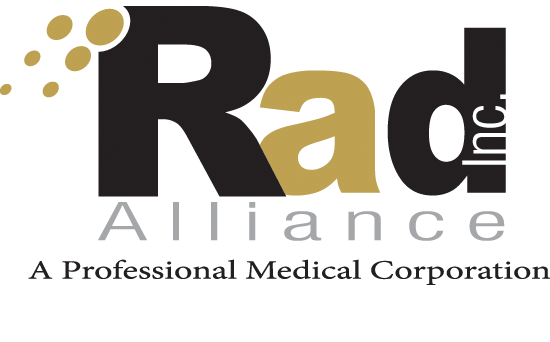High-Resolution 3-Dimensional Multi-Planner Imaging
Traditionally 3D Imaging sequences and techniques have been utilized for imaging the brain and its structures.
Rad Alliance, Inc., is pioneering the use of this technology in clinical applications for spine, MSK, and body imaging.

What is 3-D MRI Imaging?
A traditional 2-D MRI imaging sequence is obtained as a single plane (sagittal, axial, coronal, oblique) in static, relatively thick slices, varying from 3-5mm. To prevent cross talk and or imaging artifacts, a gap is required in between the slices. Therefore, anatomy and potential pathology is always missed. Each plane requires an individual acquisition.
In contrast, a 3-D imaging sequence is obtained with high spatial resolution and a high signal-to-noise ratio as an isotropic VOXEL, a perfect contiguous square, of the required anatomy with submillimeter (<1mm) slices. This allows Multi-planner reconstruction from the original data-set into any additionally required planes, including oblique without additional imaging.
What is Multi-Planner Reconstruction?
Multi-Planner Reconstruction (MPR) is a tool utilized to reconstruct isotropic Voxel data sets into 2D static sequences, or to simultaneous manipulate or scroll through all 3 planes for diagnostic purposes. The reconstruction can be performed by the MRI technologist after acquisition, by the Radiologist on the Radiology Workstation, or by the referring physician utilizing the same MPR tools.


